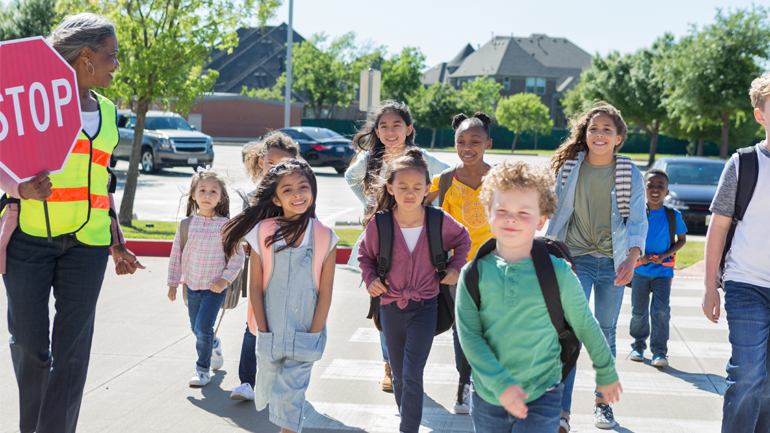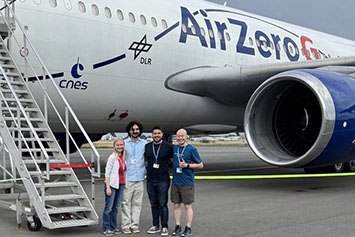
Drivers can do a lot to protect kids walking or riding to school.
While drivers need to watch for people of all ages walking and cycling throughout the year, the roads can be especially busy as kids return to school.
Everybody has a part to play when it comes to keeping our kids safe on the roads. As a driver there’s a lot you can do you keep kids who are using the roads safe.
Here are some tips and simple ways you can help keep kids safe on their way to school:
Slow down. Go slow, especially near schools and places children play. Leave yourself plenty of time to get to where you need to go so that you don’t feel rushed and feel you need to speed. Higher vehicle speeds dramatically increase the risk of pedestrians getting hit and being more seriously hurt.
Don’t get distracted. Stay completely focused on the road and watch for kids, especially in or around school zones. Put your phone away and don’t use it at all when driving. Just because it’s legal to drive while talking on a phone in hands-free mode doesn’t mean it’s safe. Did you know, that whether using hand-held or hands-free mode, drivers lose awareness of about 50 per cent of what’s going on around them when they are on the phone – and, they are up to five times more likely to crash? It’s safest to focus on driving without any distractions.
Give people who are walking and cycling the time and space they need to stay safe. Leave plenty of room and pass carefully when it’s safe to do so. Many roads don’t have sidewalks or dedicated bike lanes. Kids may step or swerve into your path unpredictably.
Adjust for dark and wet driving conditions. As daylight hours decrease through the fall, be extra vigilant for children and their caregivers who are walking or riding bikes, scooters or other small-wheeled devices—they may be difficult to see.
Help kids get across the road safely. Make a special effort to watch for children at both marked crosswalks and unmarked crossings at intersections – as intersections are legal “crosswalks” as well.
Make a special effort to look for people crossing an intersection on foot when you are making a turn. Scan for people crossing the street—including people near the road who may be getting ready to cross—before you begin your turn. Children can be especially difficult to see due to their smaller size, and they may move quickly.
If you drive with children, get them to exit the vehicle on the side closest to the curb, and to never cross the street mid-block. If you drive kids to school, comply with the school’s traffic management plan and use the designated drop-off zones.
Stop for school buses. If their lights are flashing, vehicles in both directions must stop and stay stopped until the school bus flashing lights are off and it is safe to proceed.
If you’re looking at buying or leasing a new vehicle, look for one with safety features that protect people that aren’t inside their own vehicle. Back-up cameras protect children drivers may not otherwise be able to see when reversing in busy school drop-off zones or when backing out of a driveway or parking spot. Auto-braking systems available in newer vehicles protect people walking and riding bikes—and they reduce rear-end collisions too.
Staying safe and alert on the roads this school season will ensure students and their caregivers have a happy, healthy, injury-free back-to-school season.
Visit our web site, Fraserhealth.ca, for more information about child injury prevention and safety.


